Search results
Author(s):
Gautam Kumar
Added:
5 years ago
Dr Gautam Kumar (Emroy Clinic, Atlana, US) discusses the Real World Validation of the Resting Full-Cycle Ratio (RFR): A Novel Non-Hyperemic Index of Coronary Artery Stenosis Severity.
Filmed on-site at CRT 2019 by Radcliffe Cardiology
Questions:
1. What is RFR and how does it compliment/compare to other physiologic indices?
2. What data are you presenting at CRT 2019?
3. What conclusions can…
View more
Author(s):
Giuseppe Tarantini
Added:
1 year ago
Filmed at EuroPCR 2022, Dr Giuseppe Tarantini (University of Padua Medical School, IT) joins us for a short interview on the ROLEX study (NCT03316833). This was a European multi-centre registry, where patients with left main coronary artery disease were treated with a new-generation zotarolimus-eluting stent, the Resolute Onyx.
Discussion points:
1. Aim of This Study
2. Resolute Onyx
3. Patient…
View more
Author(s):
Shigeo Godo
,
Jun Takahashi
,
Satoshi Yasuda
,
et al
Added:
3 years ago
Author(s):
Martha Gulati
,
Erin D Michos
Added:
2 years ago
Did you know that CV disease is the leading cause of death in women and that women are more likely to die of heart disease compared to men?
Dr Erin Michos (Johns Hopkins Uni, US) and Dr Martha Gulati (Uni of Arizona, US) join us on the inaugural episode of the ECR podcast series to discuss issues surrounding women in heart disease. Together they explore a variety of topics that are addressed in…
View more
Author(s):
Martin H Deininger
,
Juergen Buttler
Added:
3 years ago
The association of electrocardiographic (ECG) abnormalities and intracerebral, particularly aneurysmal subarachnoid haemorrhage (SAH) is a well-known phenomenon. ECG alterations are observed in 50-100% of patients during the acute stage of SAH. Frequently, these effects are clinically not important. Some SAH patients, however, have structural cardiac damage with elevation of creatine kinase…
View more
Foreword
Author(s):
Juan Carlos Kaski
Added:
3 years ago
Article
Author(s):
Abhiram Prasad
Added:
3 years ago
Takotsubo cardiomyopathy (TC) or syndrome was first described more than 2 decades ago by Dote and colleagues in Japan, but has since been increasingly recognised around the world.1 Takotsubo is the Japanese name for a the traditional octopus trapping pot that has a round bottom and narrow neck, resembling the appearance the left ventricle during the acute presentation (see Figure 1).2 Although,…
View more
Author(s):
Lucas C Godoy
,
Michael E Farkouh
Added:
3 years ago
Clopidogrel is the most widely prescribed P2Y12 inhibitor in the world despite the development of newer and more potent agents.1,2 Clopidogrel is administered as a pro-drug and needs to be metabolised by the cytochrome P450 enzymes (particularly by CYP2C19) in order to have biological activity.3
Patients with loss of function (LOF) variants of the CYP2C19 gene have decreased serum levels of…
View more
The European Cardiology Arena - In Brief: A Round-up of Trends, Statistics and Clinical Research
Added:
3 years ago
Article
Author(s):
Haider Aldiwani
,
Suzan Mahdai
,
Ghaith Alhatemi
,
et al
Added:
2 years ago








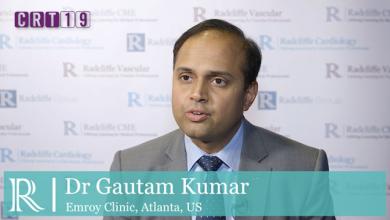
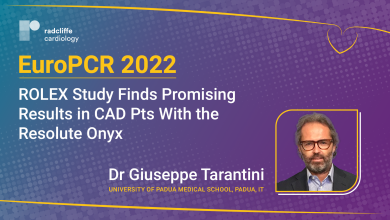
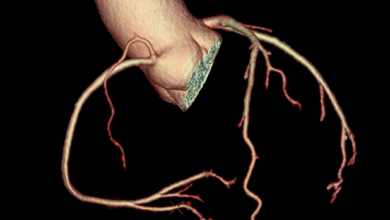


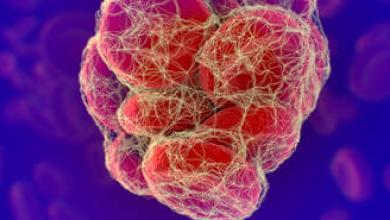
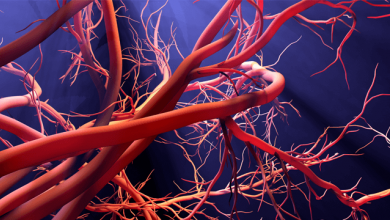
 « First
« First